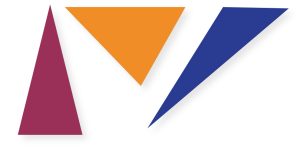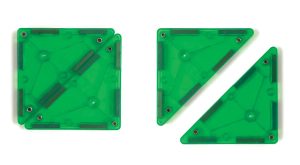
What Are Shapes?
Shape knowledge involves understanding:
- The size and shape of objects.
- What objects look like from different angles.
- What objects look like after being rotated, folded, or cut.
Why Is Learning About Shapes Important?

- Learning about shapes prepares children to learn advanced mathematical concepts.
- Children and adults use shape knowledge every day, such as when arranging toys on a shelf or building a block tower.
What Do Children Need to Know About Shapes?
- Shape names and defining features: “A square has four equal sides and angles.”
- How to recognize shape families by identifying similarities and differences: “Rectangles, squares, and parallelograms are all part of the same shape family because they have four sides but are different in important ways.”
- What common shapes look like when rotated: “Although shapes do not change after being rotated, they can look different.”
- How to make different shapes by combining, folding, or cutting them: “Cutting a square along its diagonal results in two triangles.”